Mahalo to Mr. Raphael and Miss Anuschka for helping us see the "invisible" world of plankton!
Our Outdoor Classroom Today, middle school students once again enjoyed a day in the best kind of classroom: nature! We spent the day at Sandy Beach Park in Hawai'i Kai, where students investigated the impacts of climate change in our local environment. This field study was the makai (coastal) component of our From Mauka to Makai: Understanding Climate Change Impacts in the Ahupua’a program, a partnership with the Hawai'i Nature Center. Today's outdoor science learning included a lesson on marine debris and an opportunity to help clean up the beach. Students also explored the tide pools, assessing environmental conditions and biodiversity. I think everyone's favorite part was searching for creatures in the intertidal zone. Marine Debris and Garbology
Human debris, or garbage, from both land and sea collects in the ocean and ends up on our beaches. Unfortunately, about 90% of marine debris is plastic, which is not biodegradable. This plastic trash, ranging from micro to massive, has far reaching impacts and is very dangerous for birds, turtles, and marine mammals. We can all make a difference by using less and properly disposing or recycling unwanted items. Another great way to help out is by participating in local beach clean-ups. On our island, almost every weekend there is a beach clean-up where you can volunteer with your family. Tide Pool Study When I was a little girl on the New Hampshire coast, my favorite activity was to explore the tide pools, scrambling along the rocky intertidal zone from pool to pool. I would lift up big piles of seaweed and scan for scurrying crabs and clinging sea stars. I would wade in the deeper pools. And I would always remember what my father taught me: you can pick up a rock to look underneath but always put it back just as it was— something makes a home there. Tide pool exploration was an important training ground for a curiosity about the natural world and a career in science education. Thus, it is always a pleasure to share this particular outdoor classroom with students. In October's mauka study, we talked about how conditions in the uplands affect the marine environment below. From the mountains to the sea, our watershed is interconnected and interdependent. Pollution and sediment are often carried by streams and channels to the estuaries and eventually the ocean. The estuary, where the fresh and salt water meet, is a critical nursery, as well as important habitat for organisms like the Hawaiian 'o'opu whose life cycle includes both stream and ocean environments. Here at Sandy Beach Park, students conducted a field study similar to that of the stream study, this time in coastal tide pools. Students made predictions and then assessed tide pools in different intertidal zones: upper, middle, and lower. In each of the tide pools studied, student measured and recorded pH, dissolved oxygen, temperature, and other environmental data. Students also searched for creatures in the tide pools to quantify the biodiversity.
The more time we spend in nature, the more we appreciate its beauty, resources, and diverse array of living things. We have to make our home while allowing other creatures to keep their homes. If we come to love nature, we will fight to protect it. So get out there and explore your world!
|
AuthorThis blog contains occasional dispatches from my science classroom and professional learning experiences. Thank you for reading! Archives
December 2021
|
|
Cristina Veresan
Science Educator |
Proudly powered by Weebly
|
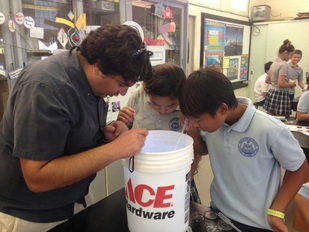
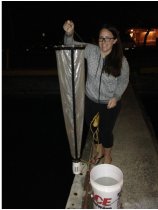
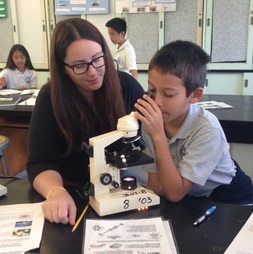
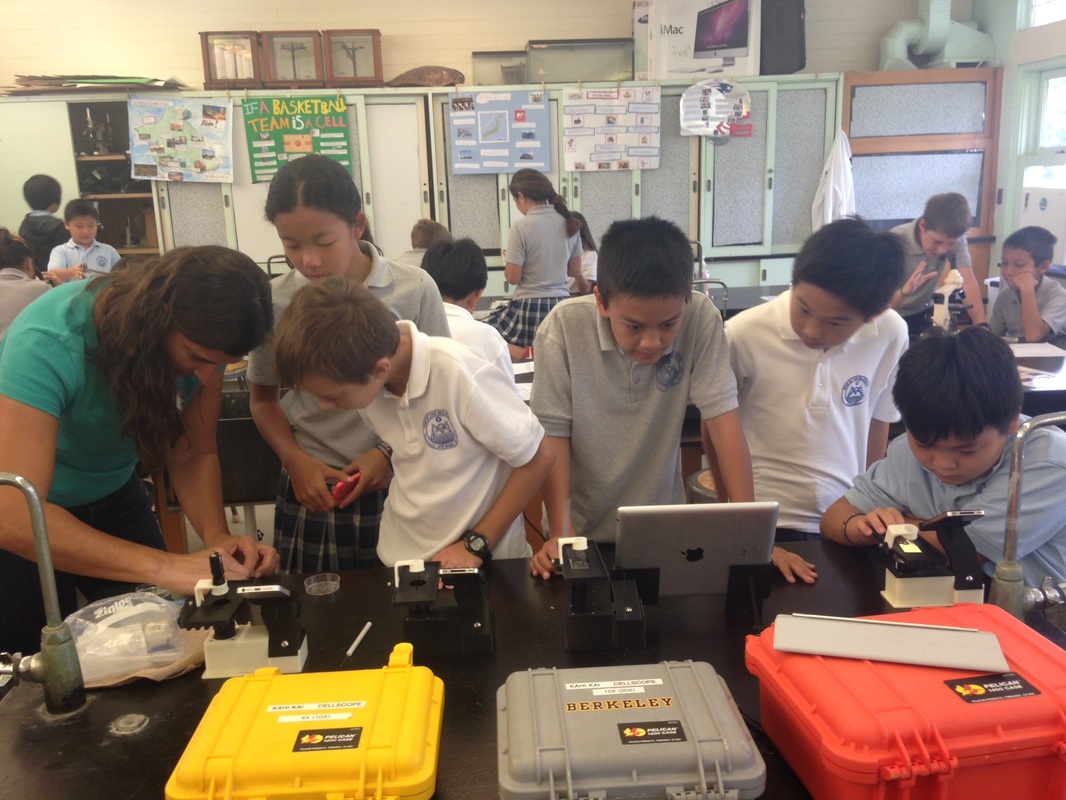
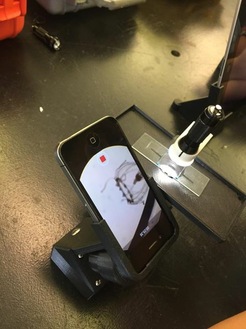
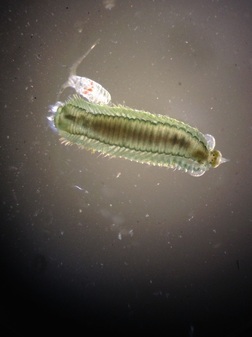
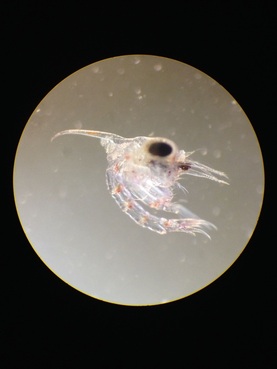
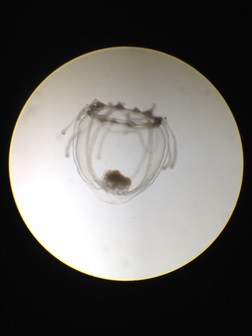
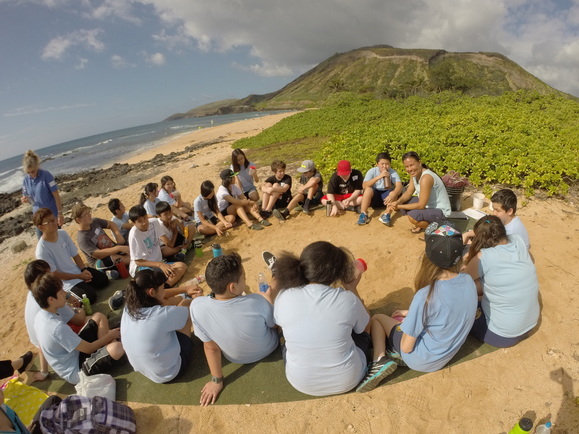
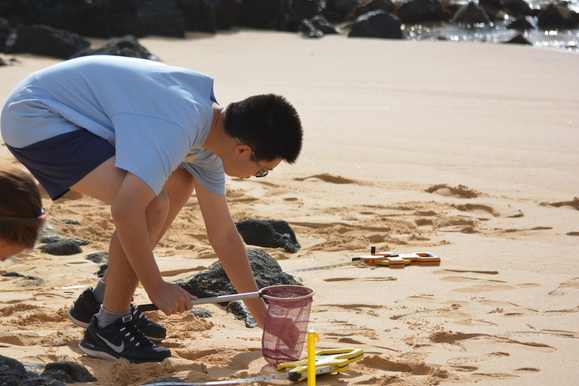
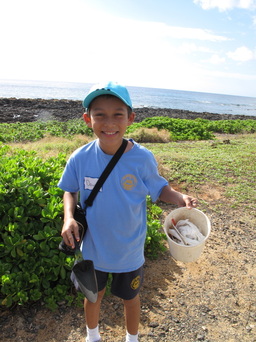
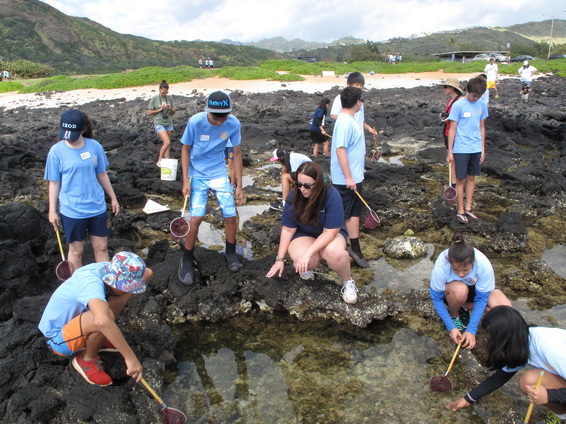
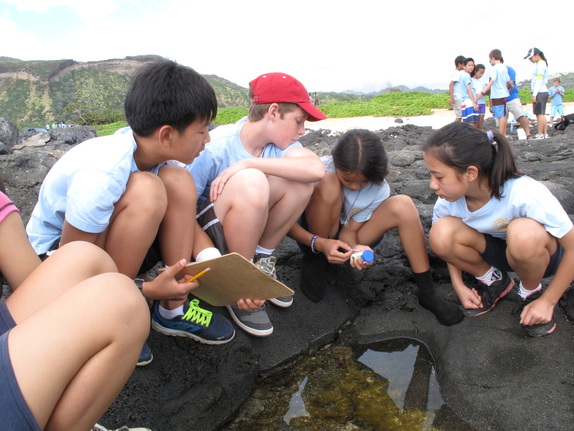
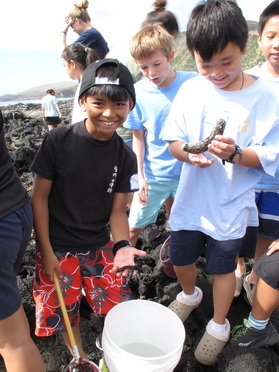
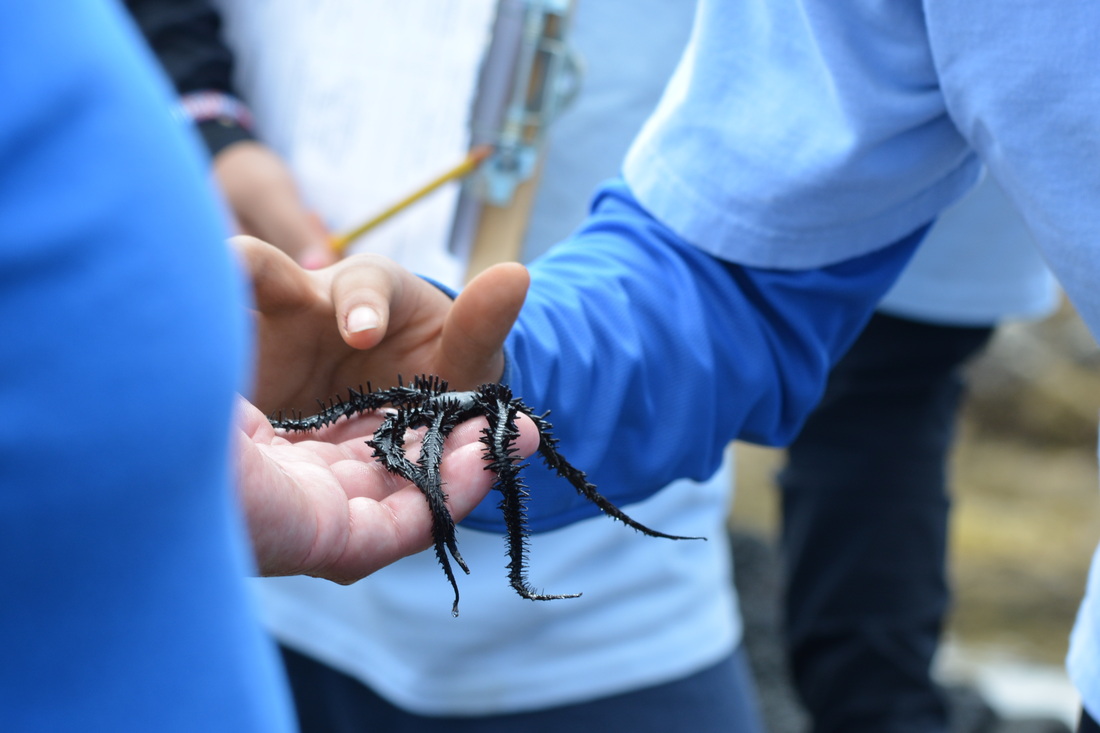
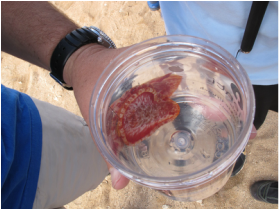
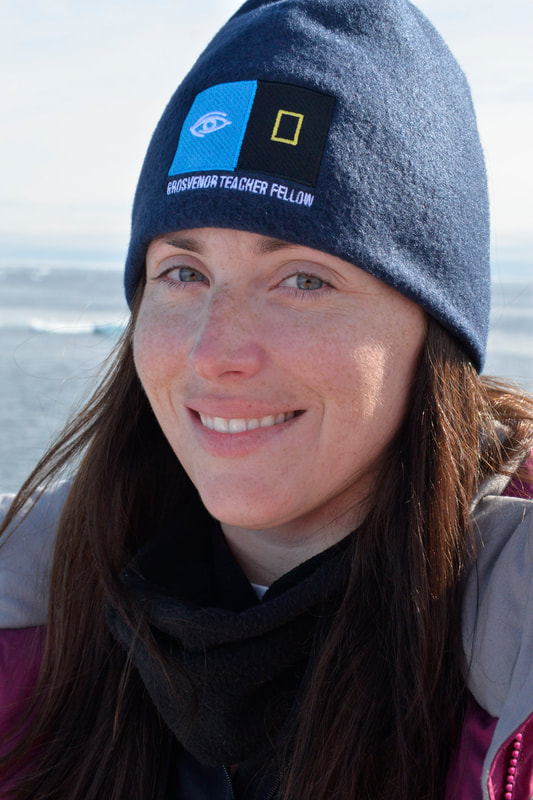
 RSS Feed
RSS Feed